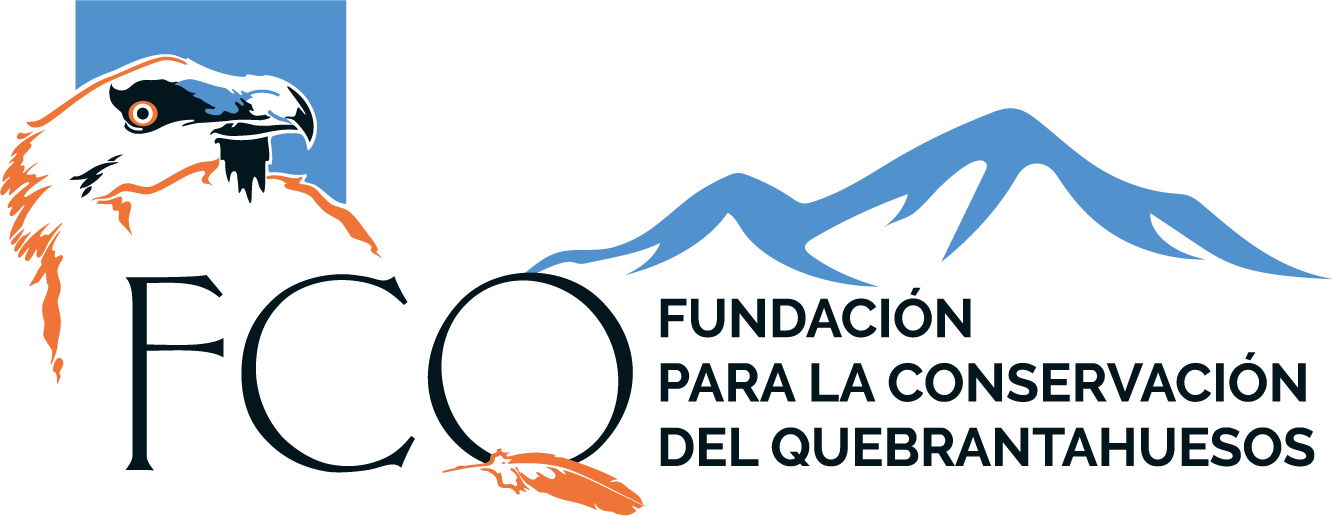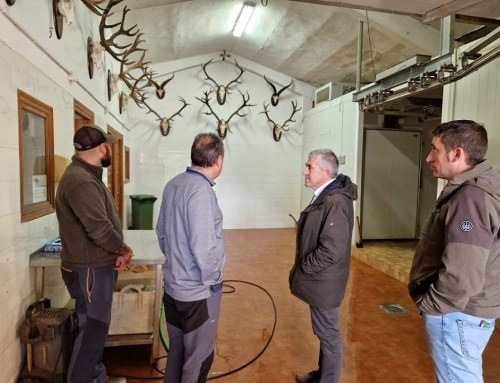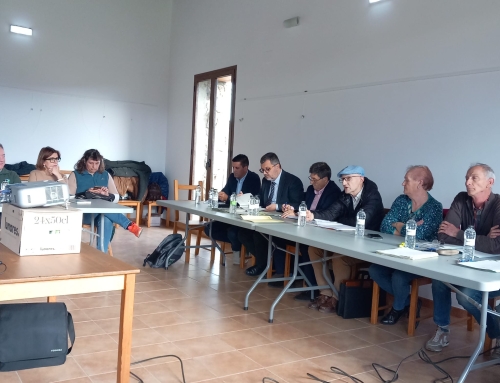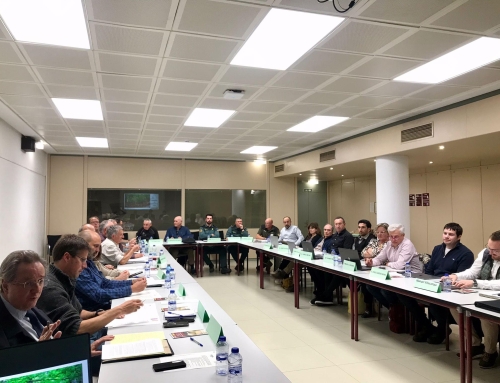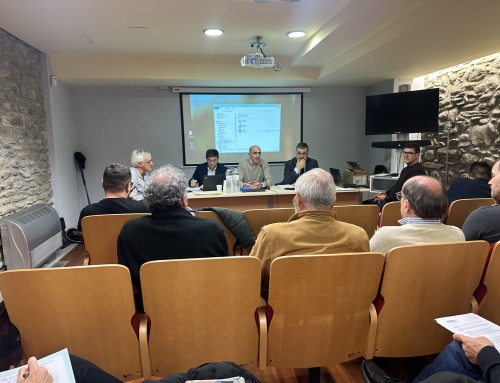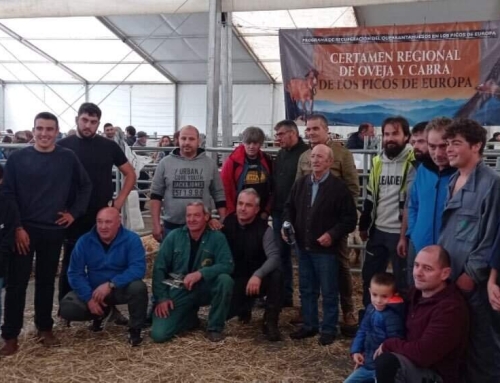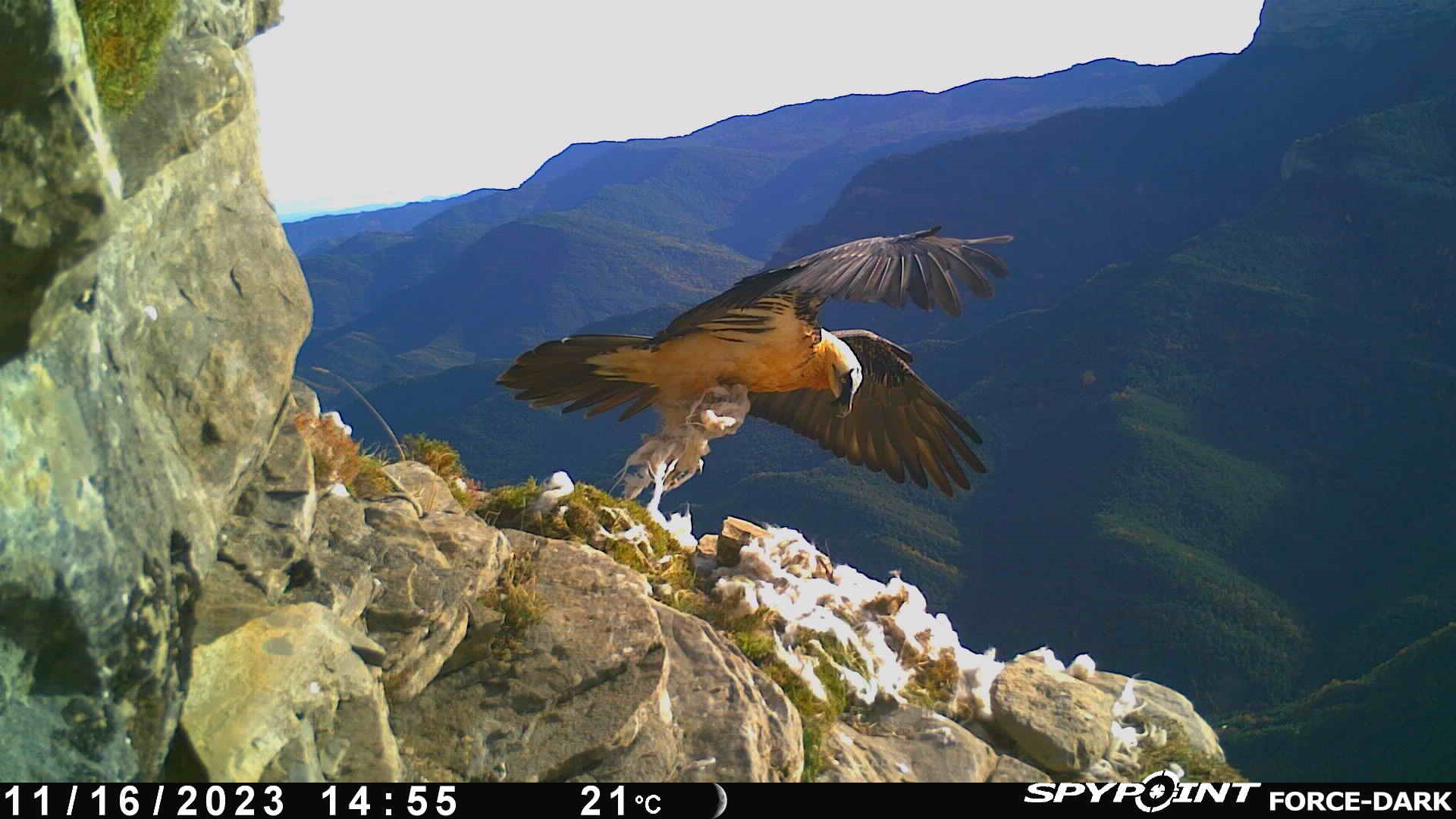
Results of the supplementary feeding program for bearded vultures.
The project receives the collaboration of Caixabank.
In October 2023, we reported on the start of the “Supplementary feeding program for breeding units of Bearded Vultures (Gypaetus barbatus) in Aragon”. in the 2023-2024 season, which as every year is carried out by the Foundation for the Conservation of the Bearded Vulture with the administrative support of the Government of Aragon and with the collaboration of Caixabank through its annual call for grants.
Identification of the need:
The lammergeier is an endangered necrophagous bird specialized in feeding on skeletal remains. Carcasses of domestic livestock and wild ungulates are its main food sources. The availability of trophic resources in a territory can influence the physical condition of the species during egg-laying and its reproductive capacity. Therefore, territories with abundant food have specimens in better physiological condition, which allows them to better face the reproductive period. Supplementary feeding programs to ensure the successful reproduction of endangered species have been widely used and the different conservation strategies state the need to guarantee and provide food availability to increase the reproductive success of the population. The overall objective of the project is to increase the productivity and reproductive success of the bearded vulture both in the wild and in conservation programs. both in the wild and in captive breeding and clutch rescue programs that allow the reintroduction of specimens in other Iberian populations in the restoration phase.
How was it done?
Through the weekly food supply in 10 breeding territories in the pre-selected phase (October-February), as well as through the supply of wool in these territories to improve the structure and composition of the nests and as a stimulus at the beginning of the reproductive period. The work phases have been: selection of the reproductive units to be supplemented, food and wool supply in the period from October to February and evaluation of their use and effectiveness through subsequent monitoring of the reproductive process.
Main results
In the 2023/2024 season, a total of 935 kilograms of bones have been provided in the territory of 10 breeding units and more than 300 kilograms of wool in the 89 bearded vulture territories of Aragon. In total, more than 64 contributions of food mixed with vitamins have been made, allowing the birds to start the reproductive cycle with a better physiological state that predisposes them to reproduction. Of the 10 breeder units supplemented, 6 have laid eggs and started reproduction. 15 eggs have been finally rescued from the wild and 10 fertile eggs have given rise to chicks in the captive breeding center in human isolation in Pástriz (Zaragoza), which will finally be released both in the Sierra de Gredos and in the Picos de Europa National Park. Although it is premature to speak of the number of chicks fledged since they still remain in their nests, it is foreseeable that the figure exceeds 30 chicks adding those that will fly by their own means in the wild and the 10 chicks raised in captivity for their reintroduction that are evolving favorably. Finally, the field monitoring has allowed us to verify the creation of two new breeding units in Aragón, bringing the current census to 91 breeding units.
Collaborating entities:
The Bearded Vulture Conservation Foundation has been dedicated, since 1995, to promote and develop conservation projects in the mountain habitats where this rare species lives. Our main objective is to promote attitudes of respect for the values linked to the conservation of biodiversity and sustainability; but we do not conserve for the enjoyment of a few, but to maintain a natural heritage of vital interest to society as a whole. Caixabank supports since 2010 the conservation initiatives developed by the FCQ, thus showing its commitment to the recovery of this endangered species, emblem of the conservation of the mountains of the Iberian Peninsula. More information at: www.quebrantahuesos.org
